

Articles
How To Store Printer Paper
Modified: January 20, 2024
Learn the best tips and tricks for storing printer paper and keeping it in pristine condition with our helpful articles.
(Many of the links in this article redirect to a specific reviewed product. Your purchase of these products through affiliate links helps to generate commission for Storables.com, at no extra cost. Learn more)
Introduction
Welcome to the comprehensive guide on how to store printer paper. Whether you’re a student, professional, or avid printer user, properly storing printer paper is crucial for maintaining its quality and longevity. By following the right storage techniques, you can ensure that your printer paper remains in pristine condition, free from damage or deterioration.
When it comes to storing printer paper, there are several factors to consider, such as the storage environment, protection against moisture and sunlight, prevention of dust accumulation, and proper air circulation. By implementing these strategies, you can extend the lifespan of your printer paper, preventing issues like jams, smudges, and wrinkles.
In this article, we will delve into the various aspects of storing printer paper. From choosing the right storage environment to organizing and protecting the paper, we will cover everything you need to know to keep your printer paper in the best possible condition.
So, if you’re ready to optimize your printer paper storage and ensure high-quality printouts every time, let’s dive in!
Key Takeaways:
- Properly storing printer paper is crucial for maintaining quality, preventing damage, and ensuring optimal printouts. Factors such as moisture control, protection from sunlight, and systematic organization play a key role in preserving the paper’s integrity.
- Implementing measures to protect printer paper from moisture, sunlight, dust, and debris accumulation, as well as efficient labeling and inventory tracking, can maximize the lifespan of the paper, maintain its quality, and achieve consistent, high-quality printouts.
Read more: How Thick Is Standard Printer Paper
Importance of Properly Storing Printer Paper
Properly storing printer paper is essential for several reasons. First and foremost, it helps maintain the quality of the paper, ensuring that it remains in pristine condition for optimal printouts. When printer paper is exposed to unfavorable conditions, it can absorb moisture, become wrinkled, or accumulate dust, leading to poor print quality and potential damage to your printer.
Apart from maintaining paper quality, proper storage also helps prevent paper jams. When printer paper is stored improperly, it can stick together or bend, increasing the chances of jams during printing. Jams not only disrupt your workflow but can also cause damage to your printer’s components, leading to costly repairs.
Additionally, properly stored printer paper has a longer shelf life. Whether you use it frequently or keep it for occasional use, ensuring that the paper remains in optimal condition prolongs its usability. By avoiding exposure to moisture, sunlight, and dust, you can prevent the paper from yellowing, curling, or becoming brittle with time.
Furthermore, proper storage helps save money. When printer paper becomes damaged or unusable due to improper storage, you’ll need to replace it more frequently, incurring unnecessary expenses. By taking the time to store your printer paper correctly, you can maximize its lifespan and minimize the need for frequent replacements.
Lastly, storing printer paper properly allows for efficient organization and easy access. When your paper is stored in a systematic manner, with clearly labeled and organized stacks, you can quickly locate the desired type and size of paper when needed. This helps streamline your printing process and saves valuable time and effort.
Overall, the importance of properly storing printer paper cannot be stressed enough. It ensures the longevity and quality of the paper, prevents paper jams, saves money, and promotes efficient organization. By implementing the guidelines for proper storage, you can optimize your printing experience and achieve consistently excellent printouts.
Choosing the Right Storage Environment
Selecting the appropriate storage environment for your printer paper is a crucial step in ensuring its longevity and quality. The ideal storage environment should be free from excessive moisture, direct sunlight, extreme temperatures, and dust accumulation. Let’s explore each factor in detail:
1. Moisture: Printer paper is highly susceptible to moisture absorption, which can cause the paper to become wrinkled, wavy, or even moldy. To prevent this, choose a storage area with low humidity levels. Avoid storing paper in basements, bathrooms, or areas prone to water leaks. Instead, opt for a cool, dry room with proper ventilation.
2. Sunlight: Direct exposure to sunlight can lead to fading and discoloration of printer paper. UV rays can deteriorate the paper’s fibers and diminish its print quality. It’s best to store printer paper in a dark or dimly lit environment. If natural light is unavoidable, consider using UV-blocking film or covering the paper stacks with a light-resistant cloth or paper.
3. Temperature: Extreme temperatures can alter the properties of printer paper, causing it to warp, curl, or become brittle. Ideally, the storage area should maintain a temperature between 50-77°F (10-25°C). Avoid storing paper near heat sources, such as radiators or vents, as it can accelerate the aging process of the paper.
4. Dust and Debris: Printer paper easily attracts dust particles, which can affect print quality and clog printer mechanisms. Keep the storage area clean and free from dust by regularly dusting the shelves or containers where you keep the paper. Consider using protective covers, such as plastic sheet protectors or paper envelopes, to shield the paper from dust accumulation.
By considering these factors and choosing an appropriate storage environment, you can protect your printer paper from various potential issues, ensuring that it remains in perfect condition for printing.
Preparing the Storage Area
Before you begin storing your printer paper, it’s important to properly prepare the storage area to provide the best conditions for the paper. Here are some essential steps to follow:
1. Clean the Storage Area: Start by cleaning the storage area thoroughly. Dust, dirt, and debris can easily accumulate on shelves or in drawers, so make sure to wipe down surfaces and remove any lingering particles. A clean storage area will help maintain the cleanliness of your printer paper.
2. Remove Moisture Sources: Identify and eliminate any potential sources of moisture in the storage area. Check for water leaks, damp walls, or any other signs of moisture. Addressing these issues will prevent moisture from seeping into your paper stacks and causing damage.
3. Use Proper Shelving or Containers: Invest in sturdy and reliable shelving units or containers to store your printer paper. Make sure they are clean, dry, and in good condition. Stack the paper in an upright position or place it horizontally, depending on the space available and the type of container you’re using.
4. Consider Air Circulation: Proper air circulation is crucial for maintaining the quality of your printer paper. Ensure that there is enough space between paper stacks and walls or other objects. This allows air to circulate freely, reducing the risk of moisture buildup or the paper becoming stagnant.
5. Avoid Overcrowding: Avoid overcrowding the storage area with too many paper stacks. Overcrowding restricts air circulation and increases the likelihood of damage during retrieval or adding new paper. Leave enough space between stacks for easy access and to prevent accidental damage.
6. Keep the Storage Area Pest-Free: Take precautions to keep pests, such as insects or rodents, out of the storage area. Use pest deterrents like traps or repellents if necessary, and regularly inspect the area for any signs of infestation.
By following these steps to prepare the storage area, you create an optimal environment for storing your printer paper. This will help maintain its quality and ensure that it remains in excellent condition for future use.
Organizing and Stacking Printer Paper
Proper organization and stacking of printer paper are essential for easy access, efficient usage, and maintaining the integrity of the paper. Here are some tips for organizing and stacking your printer paper:
1. Sort by Type and Size: Start by sorting your printer paper by type and size. Group together different types of paper, such as plain, glossy, or photo paper, and separate them by their sizes, such as letter, legal, or A4. This will help you quickly locate the specific paper you need for your printing tasks.
2. Use Storage Containers: Consider using plastic or cardboard containers to store and organize your paper stacks. These containers can protect the paper from dust, moisture, and damage while keeping them in a neat and orderly arrangement. Label the containers for easy identification.
3. Utilize File Folders or Dividers: If you have a variety of paper types within a particular size category, use file folders or dividers within the containers to create separate sections. This will prevent different paper types from getting mixed up and make it easier to locate the specific paper you need.
4. Stack Paper Neatly: When stacking paper, ensure that the stacks are neat and even. Avoid leaning stacks against walls or leaning them at an angle, as this can cause the paper to become misshapen or bent. Stack paper vertically if possible, using dividers or sturdy supports to keep the stacks upright.
5. Rotate the Paper: To prevent the paper from becoming stuck or warped, periodically rotate the stacks. By rotating the paper, you ensure that the weight is distributed evenly across the stack, preventing any one section from bearing too much pressure for an extended period.
6. Maintain a Moderate Stack Height: Be mindful of how high you stack the paper to avoid excessive pressure on the bottom sheets. A moderate stack height allows for better air circulation and reduces the risk of the lower sheets becoming damaged or misshapen.
7. Keep Frequently Used Paper Separate: If you have paper that you use more frequently, consider keeping it in a separate, easily accessible container or on a designated shelf. This will save time and effort when you need to grab paper quickly for everyday printing needs.
By following these organization and stacking techniques, you can ensure that your printer paper is easily accessible, protected from damage, and remains in optimal condition for your printing needs.
Read more: How To Put Sublimation Paper In Printer
Protection against Moisture and Humidity
Moisture and humidity are common enemies of printer paper, as they can cause the paper to become wrinkled, warped, or even moldy. To protect your printer paper from moisture-related damage, here are some key measures you can take:
1. Choose a Low Humidity Storage Area: Opt for a storage area with low humidity levels. The ideal humidity range for storing printer paper is between 45% and 55%. High humidity levels can lead to increased moisture absorption and potential damage to the paper. Avoid storing paper in basements, garages, or areas prone to condensation.
2. Use Moisture-Absorbing Materials: Place moisture-absorbing materials, such as desiccant packs or silica gel packets, in the storage containers or on the shelves where you store your paper. These materials help absorb excess moisture from the air and create a drier environment for the paper.
3. Invest in a Dehumidifier: If you live in an area with consistently high humidity, consider investing in a dehumidifier for the storage area. The dehumidifier will help to maintain a controlled humidity level and create an optimal environment for storing printer paper.
4. Use Airtight Containers: Store your printer paper in airtight containers to provide an extra layer of protection against moisture. Ensure that the containers are properly sealed to prevent any moisture from seeping in. This is especially important if you live in a particularly humid climate.
5. Avoid Storage Near Water Sources: Keep printer paper away from water sources, such as sinks, pipes, or windows that may leak when it rains. Be cautious when selecting the storage area to minimize the risk of water damage to your paper.
6. Check for Signs of Moisture: Regularly inspect your stored printer paper for any signs of moisture, such as dampness, discoloration, or a musty odor. If you notice any of these signs, take immediate action to identify and eliminate the source of moisture to prevent further damage.
7. Monitor and Control Temperature: Temperature plays a role in regulating humidity levels. Aim to store your printer paper in a room with a moderate, stable temperature. Avoid storing paper near heat sources or in areas that experience extreme temperature fluctuations, as these can encourage condensation and moisture buildup.
By implementing these measures to protect your printer paper against moisture and humidity, you can safeguard its quality and longevity. Maintaining an optimal environment will ensure that your paper remains in excellent condition and produces high-quality printouts every time.
Store printer paper in a cool, dry place away from direct sunlight and moisture to prevent it from becoming wrinkled or damaged. Keep it in its original packaging or a resealable plastic bag to protect it from dust and dirt.
Shielding from Direct Sunlight
Direct sunlight can have detrimental effects on printer paper, causing fading, discoloration, and deterioration of the paper fibers. To shield your printer paper from the harmful effects of sunlight, consider the following measures:
1. Choose a Dark or Dimly Lit Storage Area: When selecting a storage area for your printer paper, opt for a space that is kept dark or has limited exposure to natural light. This helps minimize the amount of sunlight that reaches the paper, reducing the risk of fading and discoloration.
2. Use UV-Blocking Film or Coverings: Applying UV-blocking film to windows or using light-resistant coverings for the paper stacks can provide an added layer of protection against harmful UV rays. These materials filter out the majority of UV radiation, safeguarding your printer paper from fading and damage.
3. Store Paper Away from Windows: Keep your printer paper stacks away from windows or any other areas with direct sunlight. Even indirect sunlight can have a negative impact on the paper over time, so it’s best to position the stacks in shaded areas of the storage space.
4. Rotate the Stacks Periodically: Regularly rotate the paper stacks to ensure that all sides of the paper receive a similar amount of sunlight exposure over time. This helps prevent uneven fading and discoloration that can occur when one side of the stack is consistently facing sunlight.
5. Use Light-Blocking Covers: If you cannot avoid storing your printer paper in an area with sunlight exposure, consider using light-blocking covers for the paper stacks. These covers can be made from light-resistant cloth or paper material and provide an extra layer of protection against UV radiation.
6. Monitor the Storage Area: Keep an eye on the storage area for any changes in lighting conditions throughout the day. Take note of any areas where sunlight may enter the space and adjust the placement of the paper stacks accordingly to minimize their exposure to direct sunlight.
7. Store in a Dedicated Cabinet or Drawer: If possible, store your printer paper in a dedicated cabinet or drawer. This provides an extra level of protection against sunlight as the enclosed space blocks most, if not all, of the direct sunlight from reaching the paper stacks.
By implementing these measures to shield your printer paper from direct sunlight, you can preserve its color accuracy, prevent fading, and maintain its overall quality for a longer period. Protecting your paper from sunlight ensures that your printouts will consistently exhibit vibrant and true-to-life colors.
Preventing Dust and Debris Accumulation
Dust and debris can quickly accumulate on printer paper, leading to poor print quality and potential damage to your printer. To prevent dust and debris from affecting your printer paper, consider the following preventive measures:
1. Clean the Storage Area Regularly: Dust the shelves, containers, or drawers where you store your printer paper on a regular basis. Use a soft, lint-free cloth or a feather duster to remove any dust particles that may have settled on the surfaces. Regular cleaning helps prevent dust from settling on the paper stacks.
2. Use Protective Covers: Consider using protective covers for your paper stacks. Plastic sheet protectors or paper envelopes can shield the paper from dust and debris accumulation. Ensure that the covers fit properly and cover the entire stack to provide maximum protection.
3. Avoid Open Storage: If possible, store your printer paper in closed cabinets, drawers, or containers to minimize dust exposure. Closed storage options create a barrier between the paper and the surrounding environment, reducing the chances of dust settling on the stacks.
4. Handle Paper with Clean Hands: When handling printer paper, make sure your hands are clean and free from dirt, oil, or any other substances that could transfer onto the paper. Wash your hands thoroughly before handling the paper to prevent any potential contamination.
5. Create a Dust-Free Zone: Designate a specific area for handling and loading printer paper, preferably away from areas prone to dust and debris accumulation. Keeping this area clean and free from other external contaminants can significantly reduce the risk of dust settling on the paper.
6. Minimize Traffic in the Storage Area: Limit the number of people entering the storage area where the printer paper is stored. The more traffic a space receives, the higher the chances of dust and debris being tracked in and settling on the paper stacks. Restricting access helps to maintain a cleaner environment.
7. Consider Air Purifiers or Filters: If you are storing your printer paper in an area with persistent dust issues, consider using air purifiers or filters to remove airborne particles. These devices can help improve the air quality and reduce the amount of dust circulating in the storage area.
By following these preventive measures, you can minimize the accumulation of dust and debris on your printer paper, ensuring that your printouts remain clean, crisp, and free from any unwanted particles.
Ensuring Proper Air Circulation
Proper air circulation is crucial for maintaining the quality of printer paper. Adequate airflow helps prevent moisture buildup, reduces the risk of paper sticking together, and minimizes the chances of dust settling on the paper. Here are some steps you can take to ensure proper air circulation for your printer paper:
1. Avoid Overcrowding: When storing printer paper, avoid overcrowding the storage area or stacking the paper too tightly. Leave enough space between stacks to allow for proper airflow. Overcrowding can restrict air circulation, leading to increased moisture and dust accumulation.
2. Use Open Shelving or Containers: If possible, opt for open shelving or containers with adequate ventilation for storing printer paper. Open storage options allow air to circulate freely around the paper stacks, helping to keep them fresh and preventing moisture buildup.
3. Keep Distance from Walls: When placing your paper stacks in the storage area, maintain a distance from walls or other surfaces. Leaving a gap between the stacks and the walls allows air to flow behind the stacks, preventing stagnant air pockets that can lead to increased humidity and dust accumulation.
4. Utilize Ventilation Systems: If your storage area has a ventilation system, ensure that it is functioning properly. Proper ventilation helps maintain a constant airflow and regulates the temperature and humidity levels in the storage space, promoting an optimal environment for your printer paper.
5. Periodically Rearrange the Stacks: Regularly reorganize and rearrange your paper stacks to promote air circulation. Moving the stacks around helps prevent the formation of stagnant areas and ensures that all sides of the paper receive adequate ventilation.
6. Choose a Well-Ventilated Storage Area: If possible, select a storage area that is naturally well-ventilated. Areas with windows or doors that can be opened to allow fresh air circulation are ideal. Fresh air helps prevent moisture buildup, reduces the risk of paper sticking, and keeps dust to a minimum.
7. Regularly Check for Signs of Moisture: Keep an eye out for any signs of excessive moisture in the storage area. Check for condensation on windows, dampness on walls, or musty odors. If any signs of moisture are present, take immediate action to identify and rectify the source of the problem.
By ensuring proper air circulation around your printer paper, you can minimize the risk of moisture-related damage, reduce the accumulation of dust, and maintain the overall quality of your paper for superior printing results.
Read more: Where To Get Printer Paper
Labeling and Tracking Paper Inventory
Labeling and tracking your paper inventory is crucial for efficient organization, easy retrieval, and proper usage of your printer paper. By implementing effective labeling and tracking methods, you can streamline your printing process and ensure that you always have the right paper on hand. Here are some tips to help you label and track your paper inventory:
1. Use Clear and Descriptive Labels: Label each stack or container of printer paper with clear and descriptive labels. Include important information such as paper type, size, and any specific details relevant to the paper. Clear labeling makes it easier to locate and select the appropriate paper for your printing needs.
2. Organize Based on Usage Frequency: Consider organizing your paper inventory based on the frequency of usage. Place commonly-used paper types or sizes in accessible locations, while less frequently used paper can be stored in the back or on higher shelves. This ensures that you can easily access the paper you need without wasting time searching.
3. Utilize Inventory Management Software: If you have a large and diverse paper inventory, consider using inventory management software to track your stock. These software solutions help you categorize, track quantities, set reorder points, and generate reports, providing a comprehensive overview of your paper inventory.
4. Implement a First-In, First-Out (FIFO) System: To prevent paper from sitting in storage for too long, adopt a FIFO system. This means using the oldest available paper stock first, ensuring that paper does not become outdated or compromised due to extended storage periods.
5. Regularly Update and Review Inventory: Set aside time periodically to review and update your paper inventory. Remove any obsolete or damaged stock and make note of upcoming needs or replenishment requirements. Keeping an accurate and up-to-date inventory helps you identify gaps and plan ahead.
6. Consider Color-Coding: If you have different categories of printer paper, consider implementing a color-coding system. Assign a specific color to each category and use colored labels or tags to mark the stacks or containers accordingly. This visual distinction makes it easier to identify and select the desired paper quickly.
7. Train and Communicate: If multiple individuals access and manage the paper inventory, ensure that everyone is trained on the labeling and tracking system. Communicate any updates or changes to the inventory process to maintain consistency and avoid confusion.
By labeling and tracking your paper inventory, you can optimize your printing workflow, reduce the chances of running out of paper, and maximize the usage of available stock. These practices help you stay organized, efficient, and well-prepared for all your printing needs.
Conclusion
Properly storing printer paper is essential for maintaining its quality, preventing damage, and ensuring optimal printouts. By implementing the strategies outlined in this guide, you can create a conducive environment and organizational system to keep your printer paper in pristine condition.
We discussed the importance of choosing the right storage environment, including factors such as moisture control, protection from sunlight, and maintaining proper air circulation. By considering these factors, you can create an optimal environment that minimizes the risk of damage to your paper.
Additionally, we explored the significance of organizing and stacking printer paper systematically. Sorting paper by type and size, utilizing storage containers, and maintaining a moderate stack height help streamline your printing process and protect the paper from potential issues like bending or sticking.
We also discussed the importance of protecting printer paper from moisture and humidity, as well as shielding it from direct sunlight. Measures such as using moisture-absorbing materials, UV-blocking covers, and proper storage locations can help safeguard your paper from these damaging factors.
Moreover, we explored ways to prevent dust and debris accumulation on printer paper. Regular cleaning, using protective covers, and minimizing exposure to external contaminants are key steps to preserve the quality and cleanliness of your paper.
Lastly, we emphasized the significance of labeling and tracking your paper inventory. Clear labeling, efficient organization, and inventory management techniques ensure that you can easily locate and track your paper stock, preventing shortages and optimizing your printing workflow.
By implementing these practices, you can maximize the lifespan of your printer paper, maintain its quality, and achieve consistent, high-quality printouts. Storing printer paper properly is a small investment of time and effort that yields significant benefits in terms of cost savings, efficiency, and overall print quality.
So, whether you’re a student, professional, or home printer user, take the necessary steps to store your printer paper correctly. Your printer, your prints, and your budget will thank you!
Frequently Asked Questions about How To Store Printer Paper
Was this page helpful?
At Storables.com, we guarantee accurate and reliable information. Our content, validated by Expert Board Contributors, is crafted following stringent Editorial Policies. We're committed to providing you with well-researched, expert-backed insights for all your informational needs.


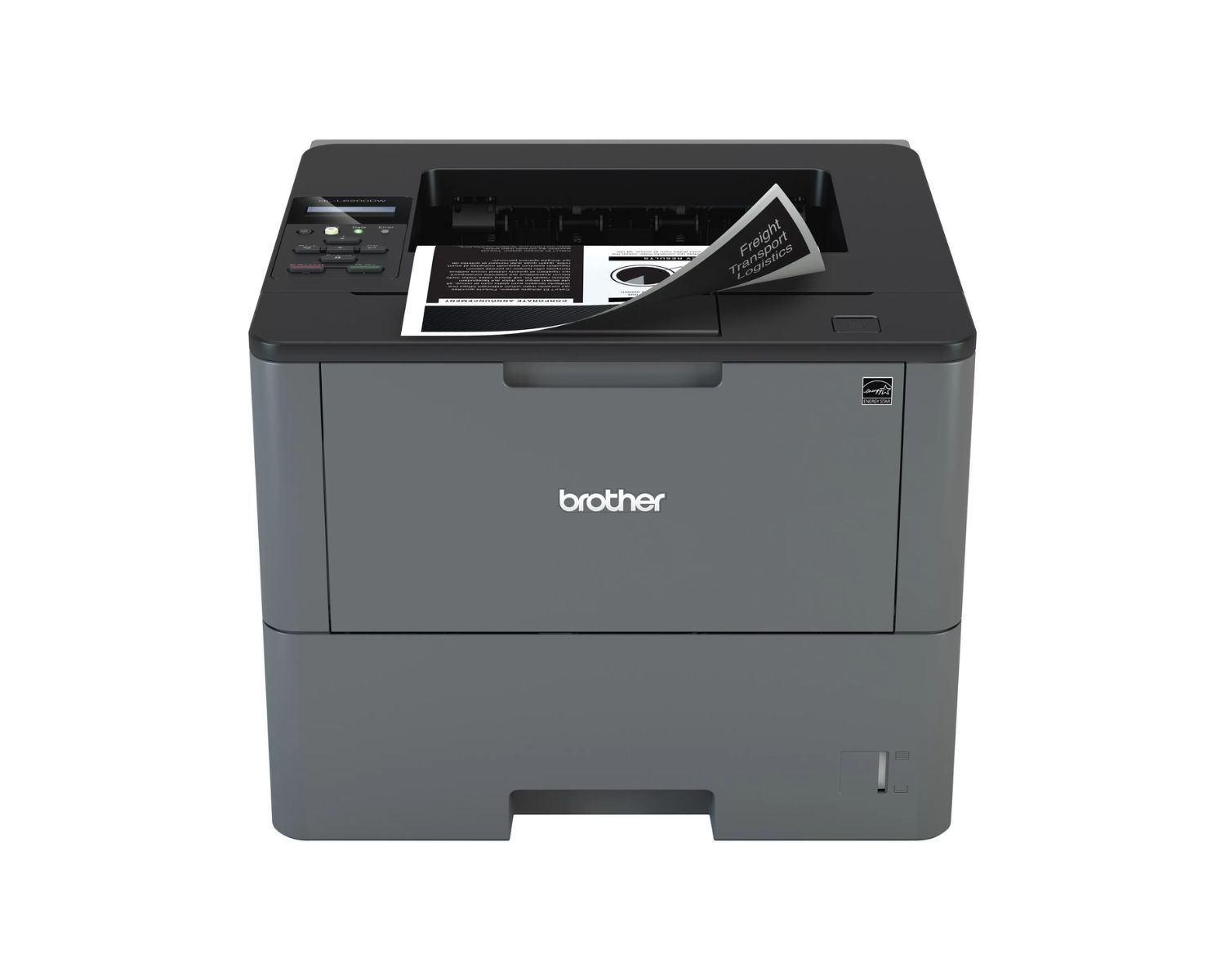
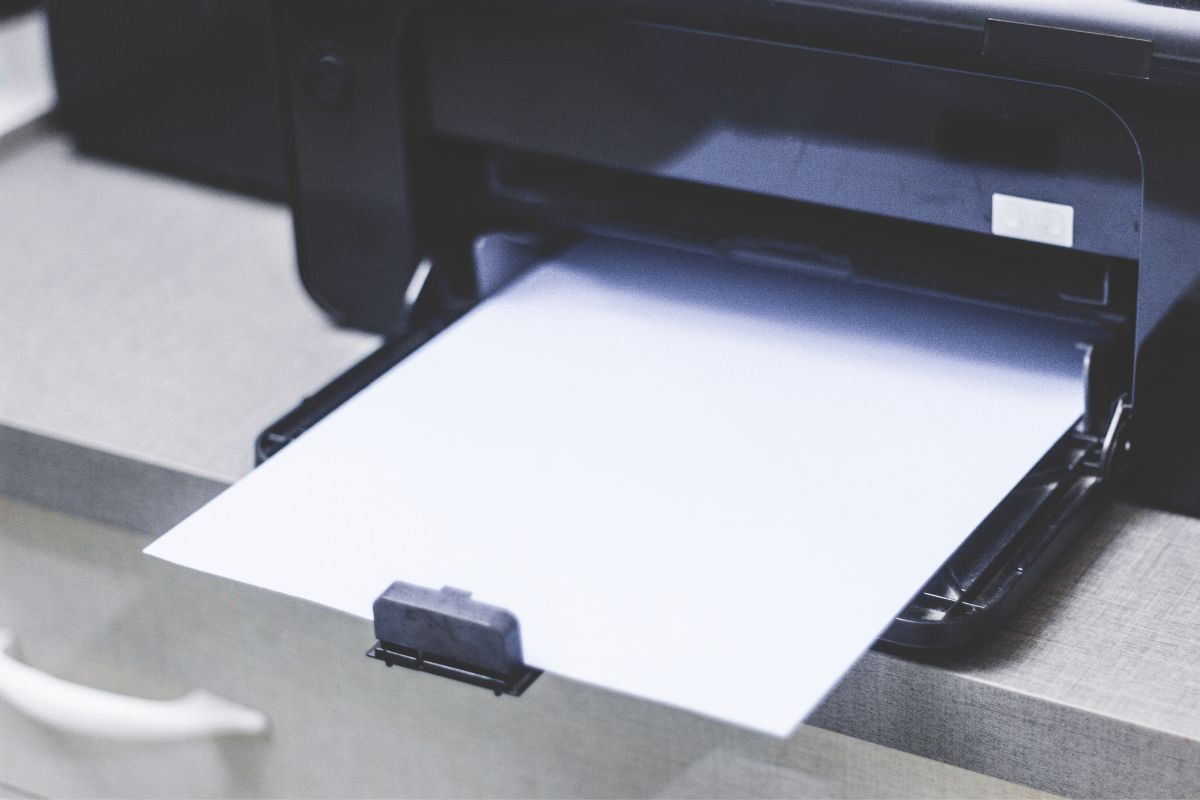
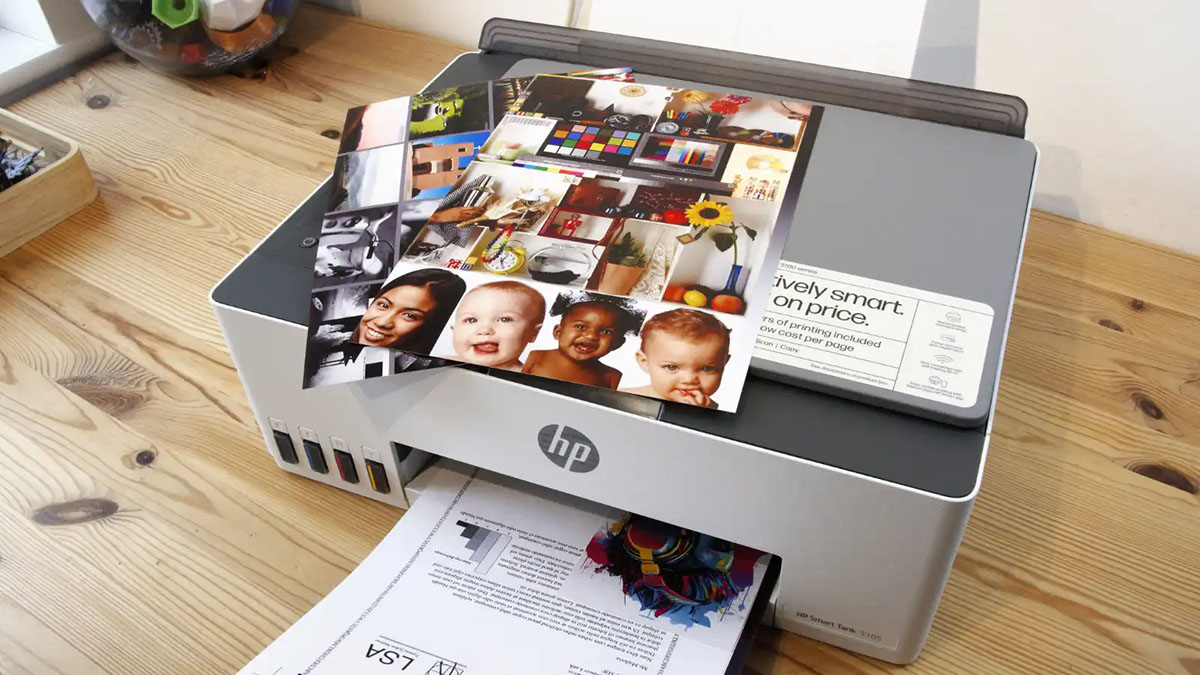
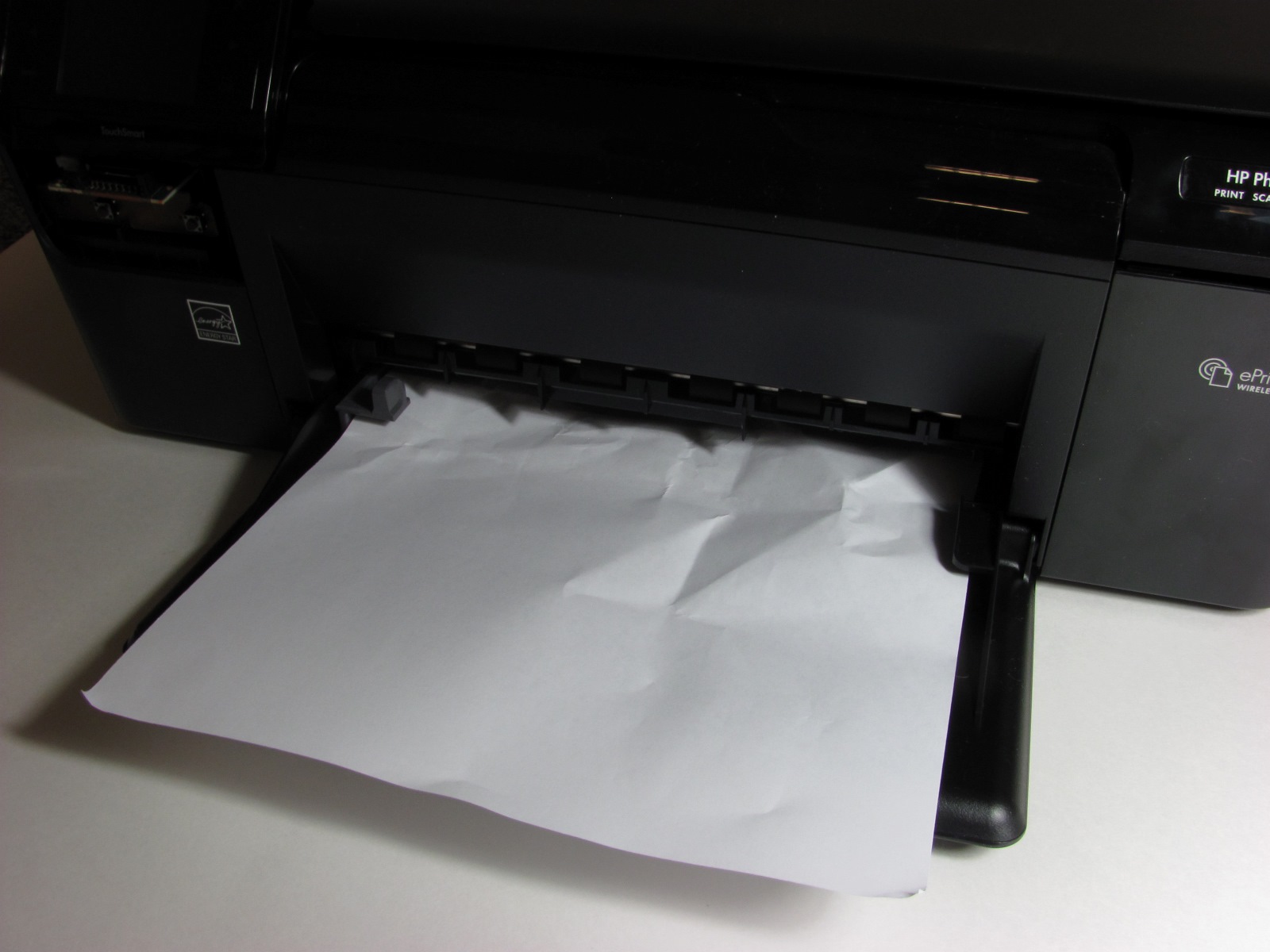
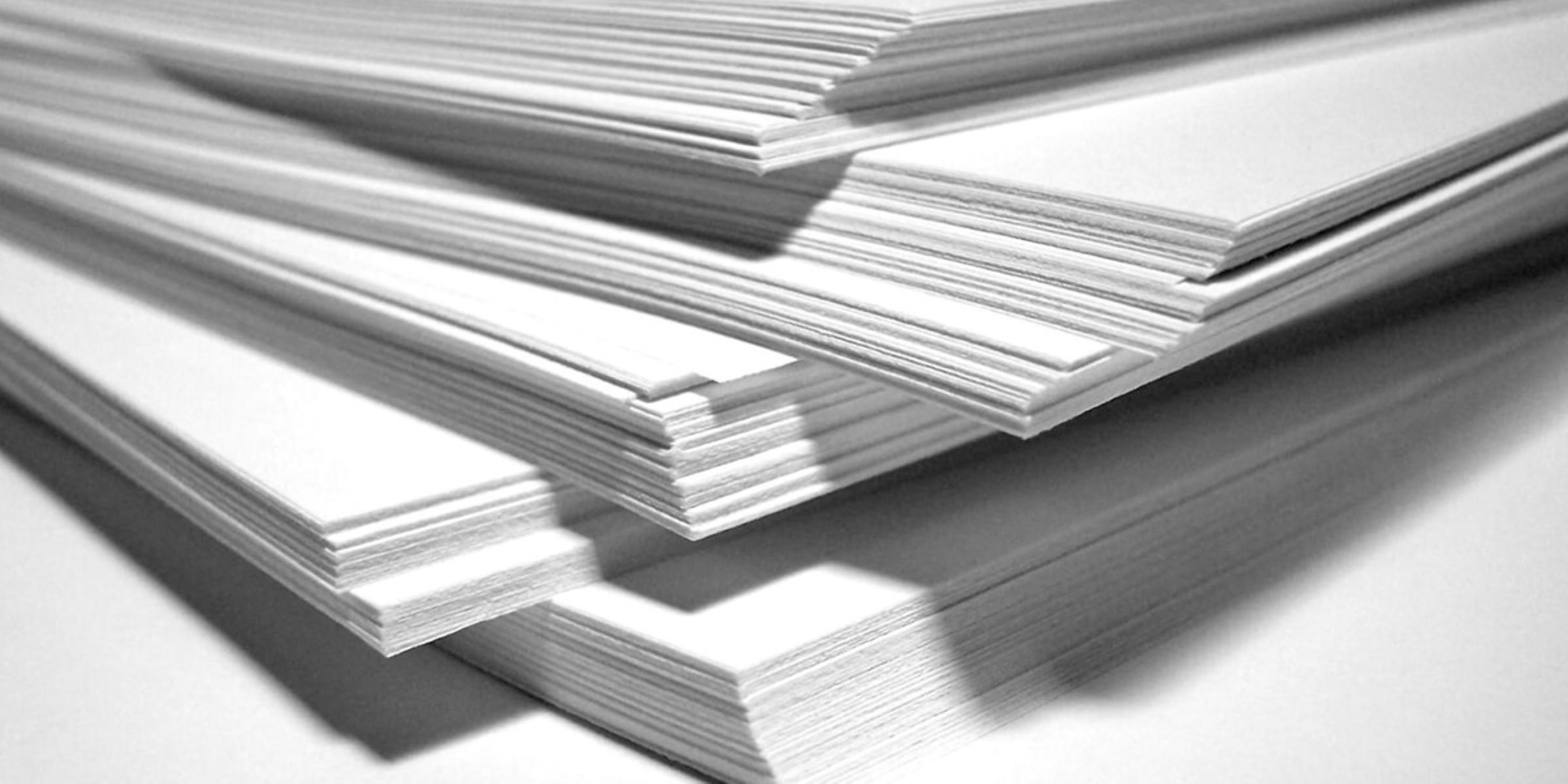
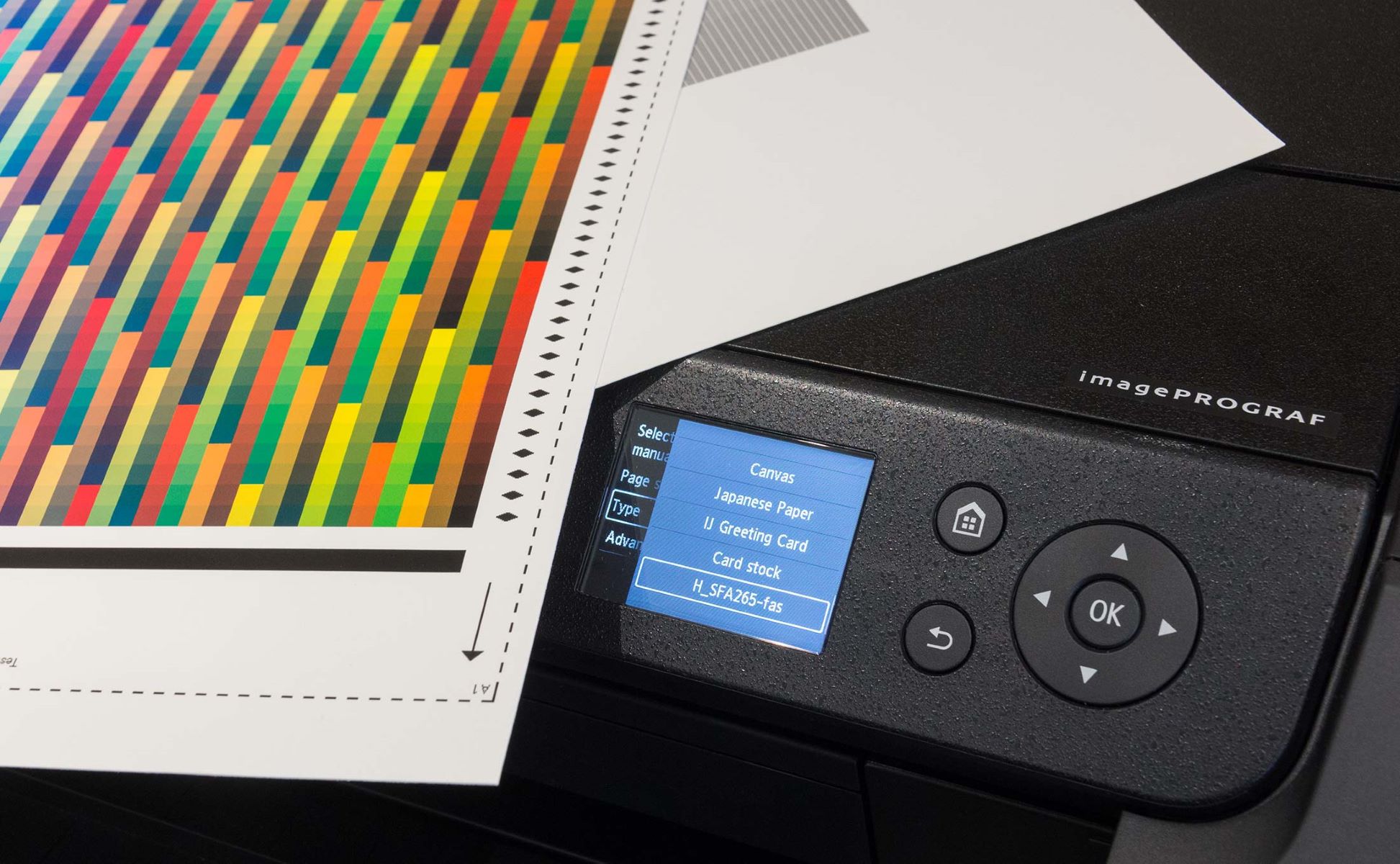
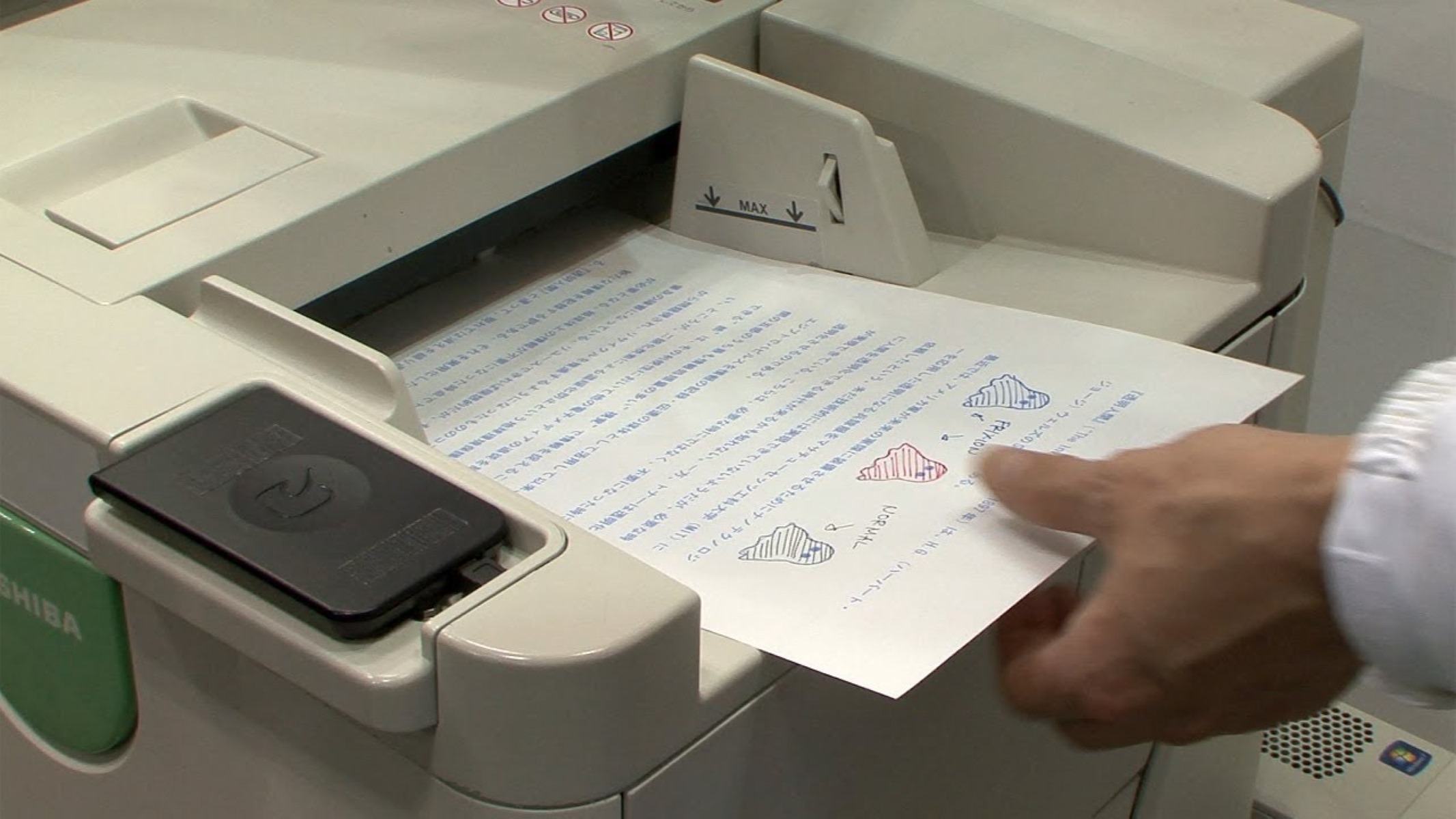
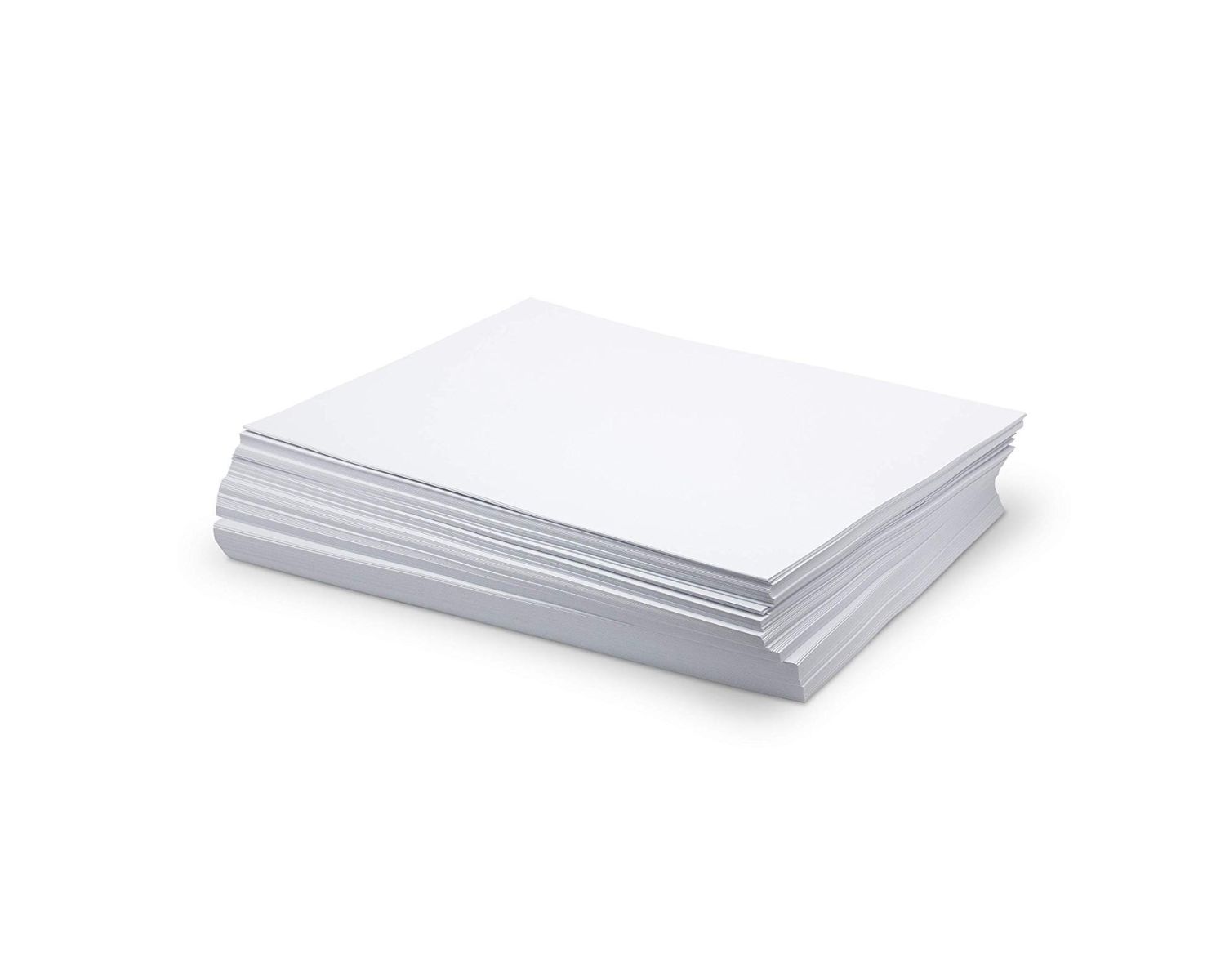
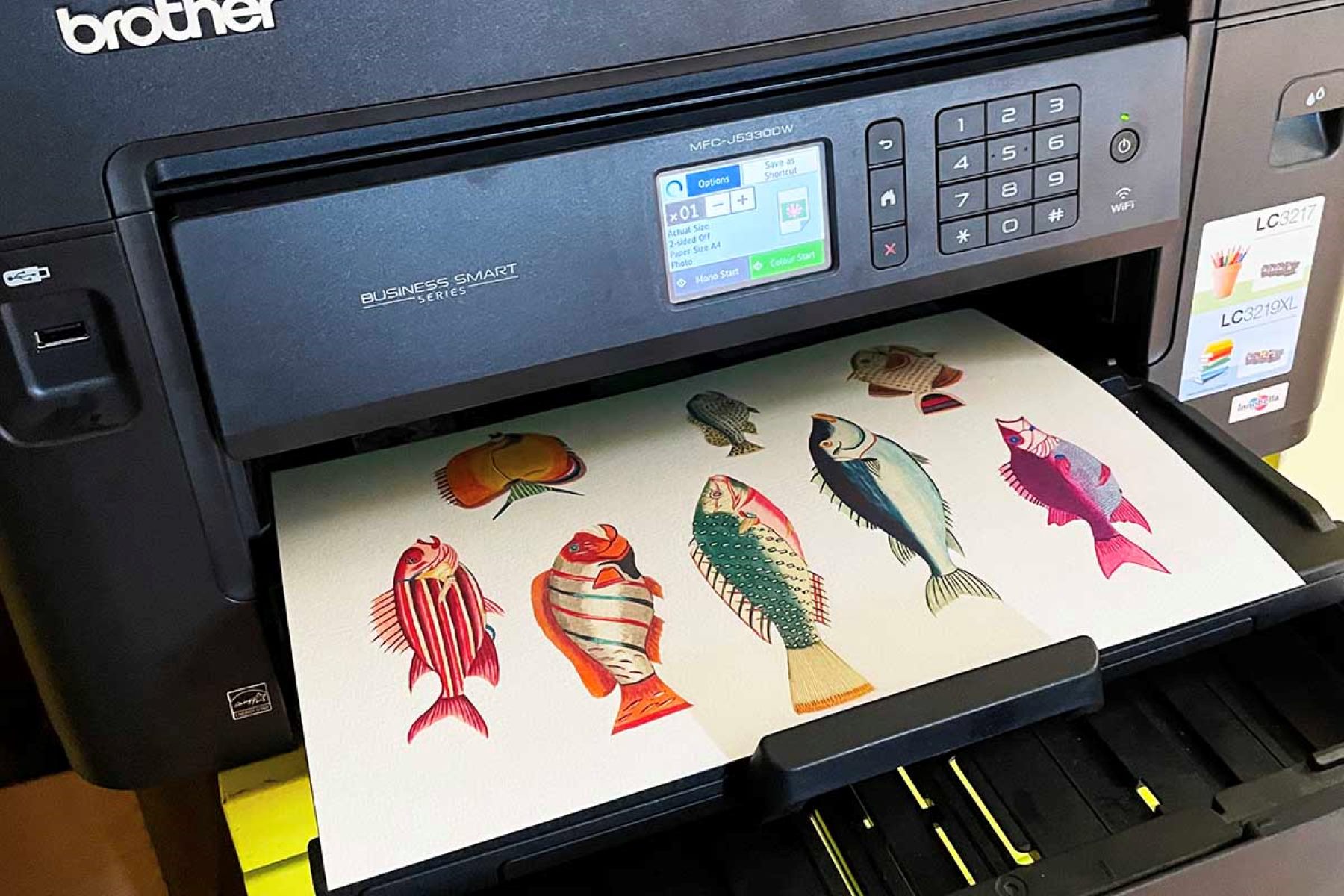

0 thoughts on “How To Store Printer Paper”